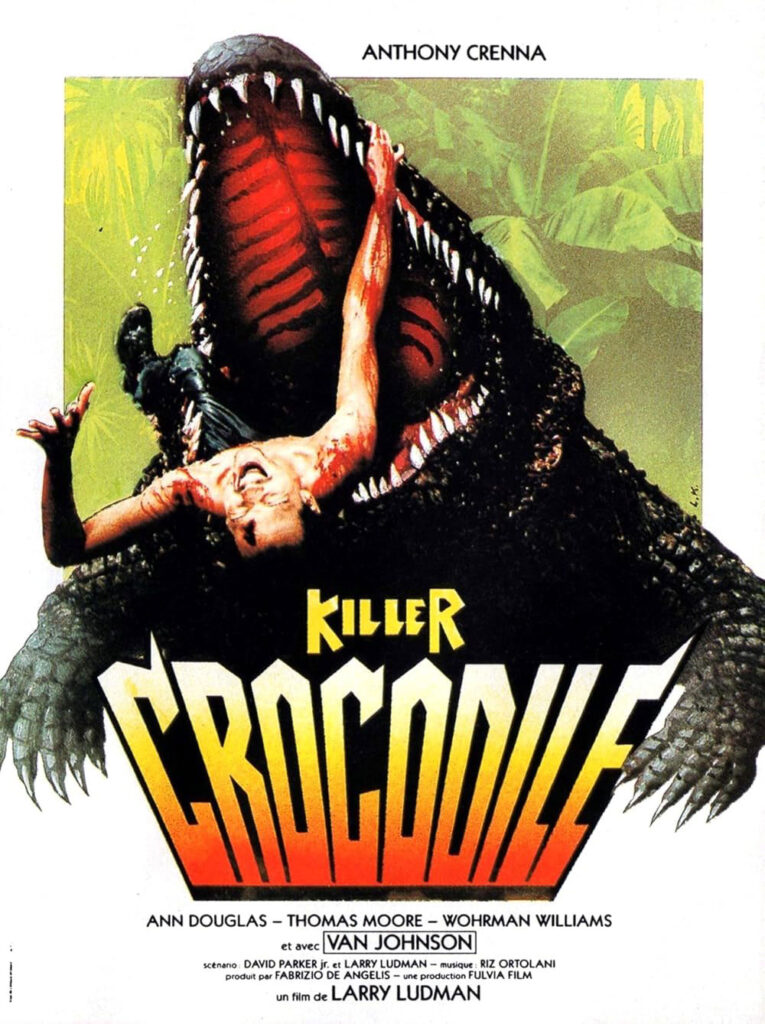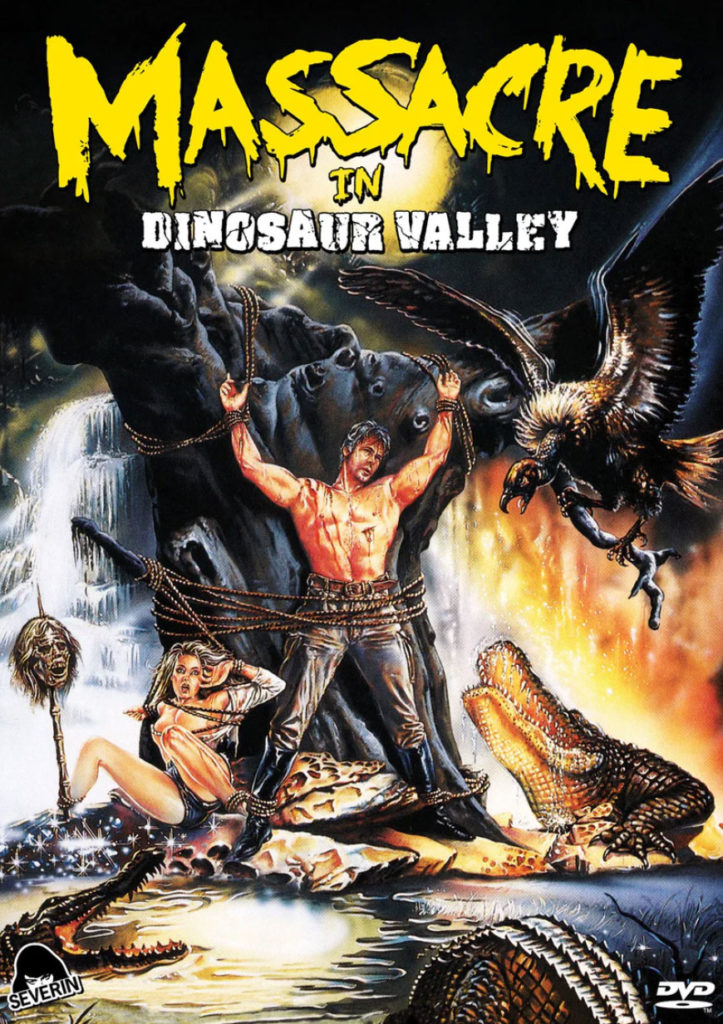 Who doesn’t like a shitty Jaws ripoff? Honestly, plenty of people. But enough do like it that giant animal flicks have become a robust subgenre of b-horror the last couple of decades, thanks to the work of outfits such as The Asylum, and the availability of affordable CGI. Jaws ripoffs aren’t the sole province of the 21st century, though. The Italians, whose cinema has always had a mere passing relationship with copyright law, produced plenty of their own…homages…to Steven Spielberg’s blockbuster.
Who doesn’t like a shitty Jaws ripoff? Honestly, plenty of people. But enough do like it that giant animal flicks have become a robust subgenre of b-horror the last couple of decades, thanks to the work of outfits such as The Asylum, and the availability of affordable CGI. Jaws ripoffs aren’t the sole province of the 21st century, though. The Italians, whose cinema has always had a mere passing relationship with copyright law, produced plenty of their own…homages…to Steven Spielberg’s blockbuster.
Bruno Mattei, Dino De Laurentiis, Sergio Martino, Enzo G. Castellari, Ovidio G. Assonitis, Raffaele Donato, Lamberto Bava, Luigi Cozzi, Dardano Sacchetti, Joe D’Amato, and more — all names familiar to fans of Italian genre films, all of whom participated in Jaws ripoffs. Add to the list Fabrizio De Angelis, who produced, directed, and wrote, with the aforementioned Dardano Sacchetti, 1989’s Killer Crocodile.
Killer Crocodile follows a small group of conservationists who are investigating contamination in a rural swamp. It’s never said what country they are in, but the movie was filmed in the Dominican Republic. Continue reading “Killer Crocodile”

 There are good Italian cannibal horror flicks, and there are bad Italian cannibal horror flicks. Besides the plot elements they all share and steal from one another, the other thing they have in common is that they are prime exploitation cinema. Massacre in Dinosaur Valley is one of the more exploitative of the bunch, and it has nothing to do with animal slaughter and mutilation, or graphic depictions of bodily injury. This flick is about the nudity. It’s right there in the Italian title of the movie.
There are good Italian cannibal horror flicks, and there are bad Italian cannibal horror flicks. Besides the plot elements they all share and steal from one another, the other thing they have in common is that they are prime exploitation cinema. Massacre in Dinosaur Valley is one of the more exploitative of the bunch, and it has nothing to do with animal slaughter and mutilation, or graphic depictions of bodily injury. This flick is about the nudity. It’s right there in the Italian title of the movie.